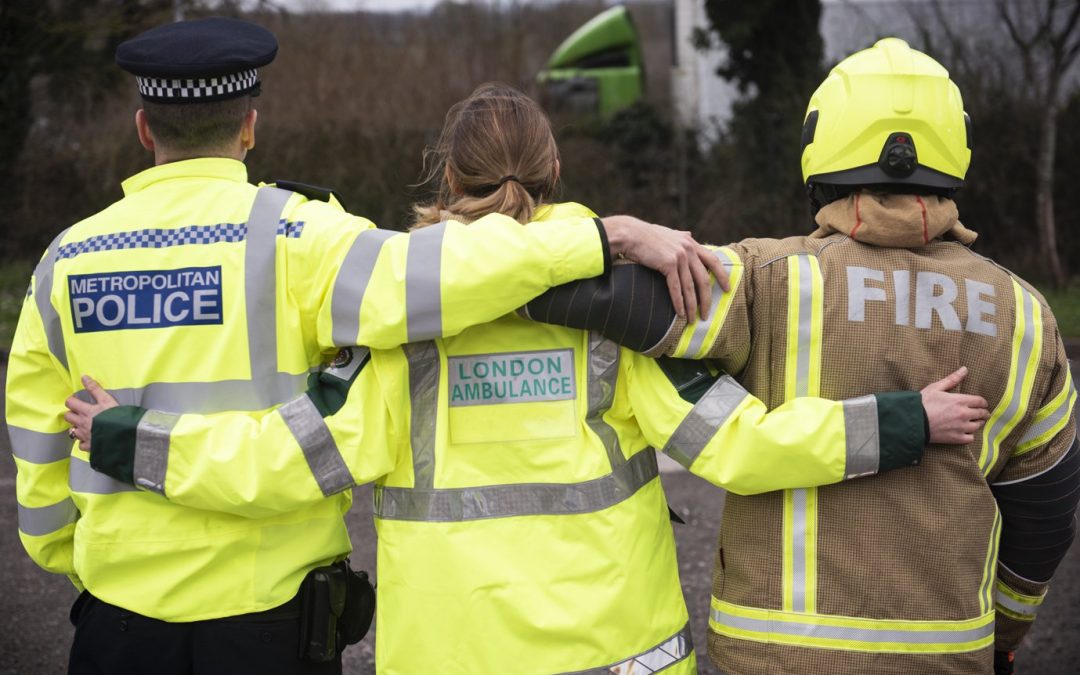Many people risk their lives to protect their communities, on daily basis. Police officers, the fire brigade, and all our healthcare professionals. When these professionals work in unstable environments, they must be fully protected to fulfil their duty of life saving work. Various applications will necessitate a variety of equipment, ranging from stationary detectors to portable devices and air quality testing platforms. Whatever it is, effective service delivery in hostile areas around the world is supported by robust detection.
The requirement for proper gas detection equipment is widespread in the critical security, defence, and government sectors. From a country’s armed services to its numerous government ministries, the various applications within each domain expose personnel to a wide range of dangerous substances, including toxic and flammable gases.
Gas Hazards
Teams in the defence industry, such as the Royal Navy, British Army, Royal Air Force, and Strategic Command, work in dangerous, frequently life-threatening conditions. Hazardous gases and compounds are more likely to be encountered in these domains, whether in a combat situation or a training environment. Teams working in tight locations, such as submarine crews, are particularly vulnerable to poisonous gas collection, reduced airflow, and limited monitoring and maintenance time. Using exceptional gas detection technology, whether at sea, in the air, or on land, allows crews to focus on the mission at hand while remaining aware of any chemical, biological, or radioactive risks.
Small Spaces
Crews are especially vulnerable to harmful gas build-ups in disguised and enclosed places, such as submarines. With workers living and working in these conditions for up to three months, incorrect gas level readings and alarms can be disastrous. Atmospheres must be handled and monitored with extreme attention to guarantee that the vessels can support life and to monitor any potentially life-threatening pollutants.
Dangers of Fire
There is a risk of carbon monoxide and volatile organic compound (VOC) consumption for people who work with fire, whether as an arson investigator, firefighter, or police officer. In these situations, using suitable gas detection equipment can help to examine the evidence and determine whether compounds or gases are present in the atmosphere because of fire, combustion, or explosion. VOCs and carbon monoxide can be harmful to human health if consumed. Eye, nose, and throat irritation, shortness of breath, headaches, fatigue, chest pain, nausea, dizziness, and skin problems are all possible side effects. At greater concentrations, the gases can damage the lungs, kidneys, liver, and central nervous system.
Decontamination
When managing with potential natural, chemical, radiological, and atomic occurrences, particularly within the case of casualty defilement, checking the gasses and hurtful components display can be life sparing. Cleaning forms can bring specialists into contact with a extend of hurtful gasses counting hydrogen peroxide, chlorine, ethylene oxide, formaldehyde, alkali, chlorine dioxide and ozone. Due to the threats of each of these gasses, regions ought to be productively observed amid all stages of the disinfecting handle, counting some time recently staff re-enter the region, amid cleaning and when PPE is being evacuated by staff. For the zones where cleaning chemicals are put away, settled gas locators can keep groups mindful of any spills earlier to specialists entering the capacity zone.

